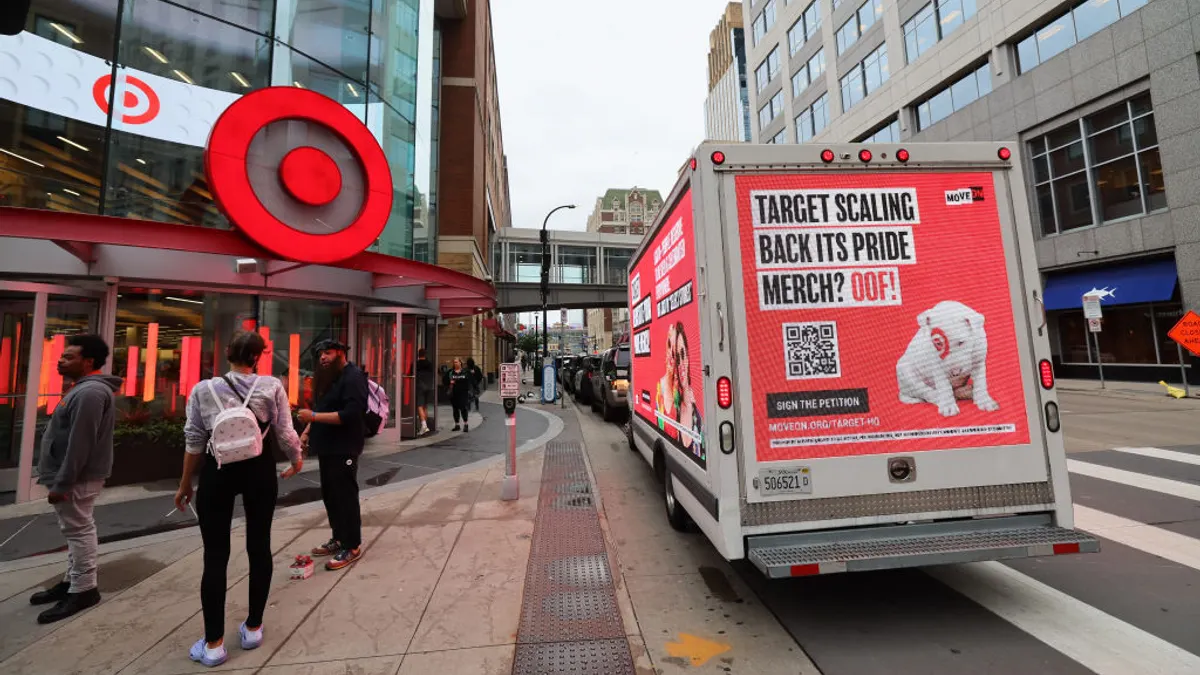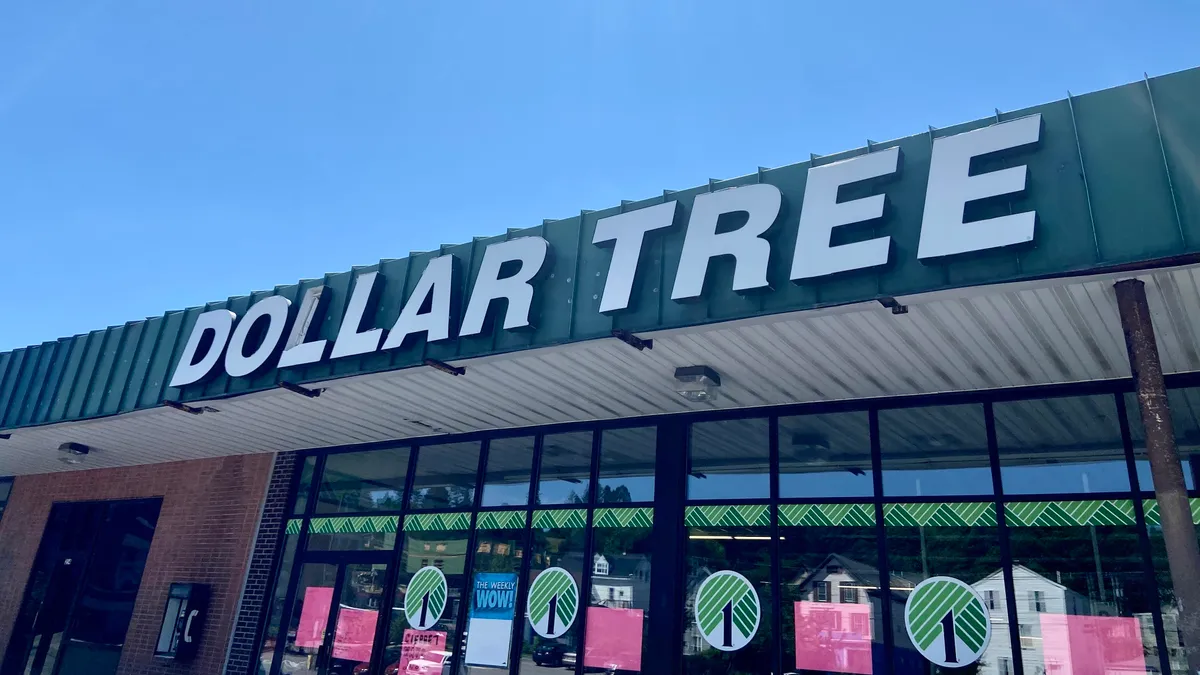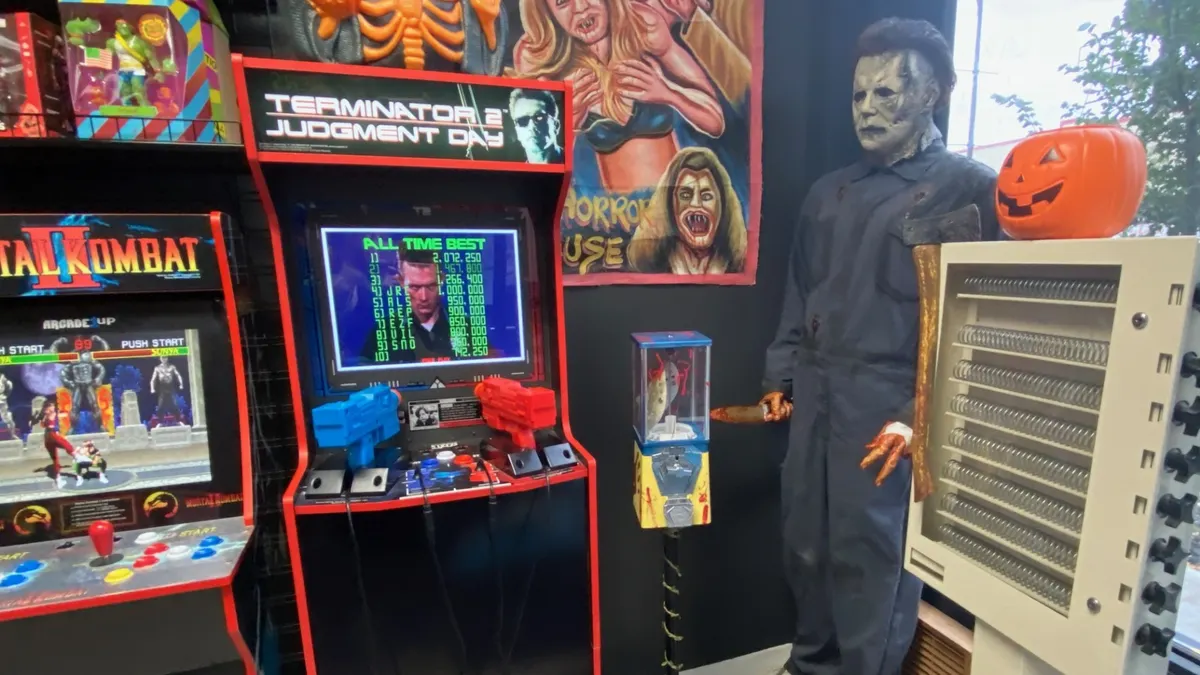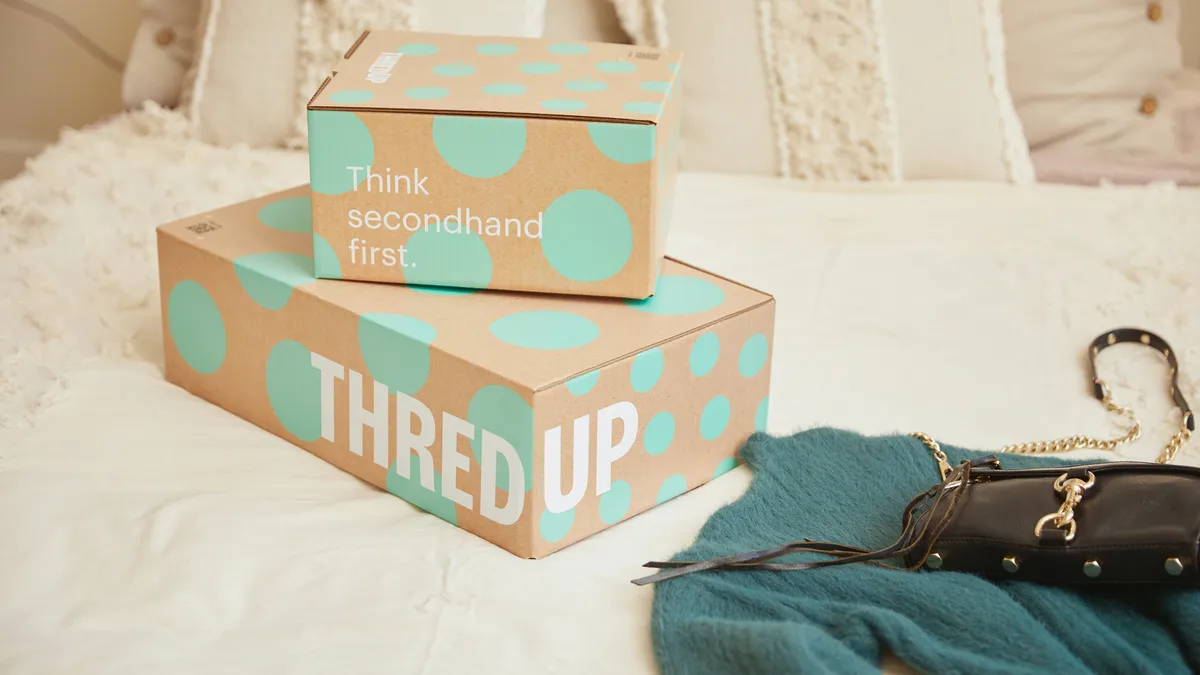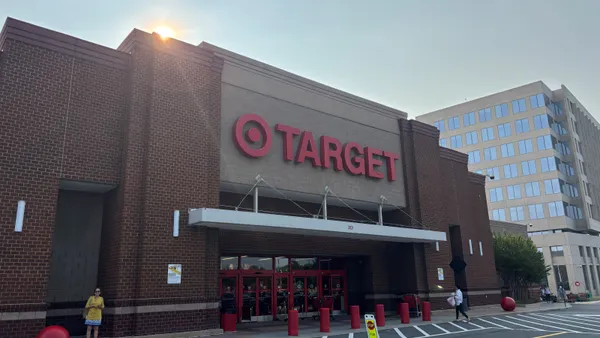Last week, we asked readers for their predictions on what role they think brick-and-mortar stores will play in the future. We received many great responses and are excited to share some of the most insightful predictions with you.
From a new take on in-store technologies to the rising role of 3D printers in the home, the future of retail appears both exciting and uncertain. One thing is for sure though: Few see brick-and-mortar disappearing anytime soon.
1. The traditional idea of brick-and-mortar is dead
Edmond Kyle, Business Consultant, Redfish Group: I'm still always surprised when people view online and "brick and mortar" as separate/competing entities. All the best retailers approach both with the same philosophies especially now that beacons/tracking through loyalty is becoming more prevalent, using lessons learned about how customers interact with a brand in terms of bounce/abandonment/journey etc is becoming more and more possible in store.
2. Digital will not replace brick-and-mortar
Carla Bragagnolo, Marketing Manager, SweetIQ: It will be crucial for brands to optimize their local marketing and track online conversions so they can continually improve and learn more about how their customers are finding them. Digital will not replace the brick-and-mortar experience, but it will become an essential element shoppers will come to expect.
3. Back-of-house tech will boost physical stores
Dan Kasper, Brand Director, GoSpotCheck: Beyond [technology mentioned in the feature] retail brands are using back-of-house tech to strengthen their in-store presence. Using mobile devices to collect data on planogramming, marketing displays and intel on competitive products allows companies to measure and improve their retail execution like never before.
4. Stores will become face and personality for brands
Chuck Breidenbach, Managing Director, MDC Retail Properties Group: Brick and mortar stores will become the ‘face and personality’ of the brand, with a need for more highly skilled, better managed, and well-coordinated employees, different than typical retail employees of the past… Local retail (startups as well) will thrive in urban areas as more personalized, experiential, unique businesses, catering to the “neighborhood” in smaller footprints, as they did years ago before the age of the national brands and big boxes.
Look for all stores to go digital and wireless, including welcoming you on your smart phone, knowing what items you take into the changing room and suggesting complimenting articles and accessories…Think of a customer relationship program that works like Pandora radio.
5. Stores will become more responsive—like e-commerce
Chuck Palmer, Vice President of Strategy, JohnRyan: I believe we are more likely to see store environments becoming more context aware and responsive, the way the best retail web and mobile sites work. The early experiments we are seeing now point to store environments that know who we are, both as individuals and as collections of customers (my Target in Columbus, Ohio shouldn’t look and feel just like the one in Miami, Florida.)
Assortments, displays, even store layout can be localized and in some ways, personalized through personal devices (customer and staff alike), in-store customer-facing store networks and flexible, smart internet-connected shelving and display fixtures.
6. Retailers must make selling space count
Jessica Burton, Store Analyst, Express: Just as retailing has evolved overall with emphasis on omnichannel strategies, the brick-and-mortar touch-point has adapted as well. This includes strategic store placement with the use of lifestyle centers or aspirational developments, and how to best utilize selling spaces as retailers are trending to reduced square footage or smaller footprints and decreased store counts.
7. Stores will become experiences—or go extinct
Matthew Hudson, founder of Rick Segel & Associates, author of The Retail Sales Bible: [T]he retailers that survive will be the ones that understand customer “experiences” are more important than customer service. Retailers who embrace experiential will thrive. Retailers who embrace efficiency (cost savings) will dive.
8. There will be new types of retail interactions
Tobi Schneidler, CEO, Bouncepad: While technology has carved the way for experience-led store designs, the future will be defined by new types of service interaction, from path to purchase through to transactions and driving brand loyalty.
Instantaneous information is powerful in closing a sale, providing up to date inventory, access to the full product information and using various fulfillment channels all at the fingertip of the sales assistant.
9. Retail locations don't need to remain static
Stephen Dumas, Retail Segment Director, IBM Silverpop Sales: Pop-up shops and temporary market places will increase as more boutique e-retailers enter the market place. The benefits are many. Retailers, both large and small, will enjoy short term overhead rather than long term expenses associated with static location. Secondarily, event-like markets drive high impact marketing interest in a dynamic way through social sales channels and mobile marketing beyond the event.
10. Stores will change—and so will products
Scot Hulshizer, Director of Corporate Development, Indirect eCommerce and Retail: Smaller-footprint locations will be more intimate and product-focused, designed as much around the guest experience as operational efficiency…Retailers won’t be able to do this alone. Manufacturers and service providers will need to market, package, and merchandise their wares in a way that showcases their value proposition in a smaller competitive set with a more discerning salesperson and customer.
11. Forget stores—all you need is a 3D printer
Jan Rogers Kniffen, CEO, J Rogers Kniffen WWE: Every reasonably affluent consumer, ie. the top 70% of the income structure will have a device that looks something like today's 3D printer in their house. (Others will get the product from a "store" that has a printer, and has all the rest of the "stuff" I list below that will be in most homes.)
That store will be called Costco or Walmart or Amazon, or maybe Coswalzon? You will have your avatar with your exact body dimensions including your specific gravity (muscle mass, etc) already "on file" in whatever communications/computing device we are using by then. Everyone will have some sort of holographic system tied to their communication device, so before you "place your order" for your dress, pants, jacket, tee, etc. (yes, we will still be wearing all of those).
You will be able to see exactly how it will fit you on a life size image that you can spin, walk around, bend, stretch, etc and see how the product looks when you move. You will also be wearing a giant "onesie" that will be a second skin under your clothes that will control your environment, monitor your heart and health, and give you all kinds of bio feedback to enhance your efforts to improve your physical well being. (Under Armor is already working on a prototype.)



